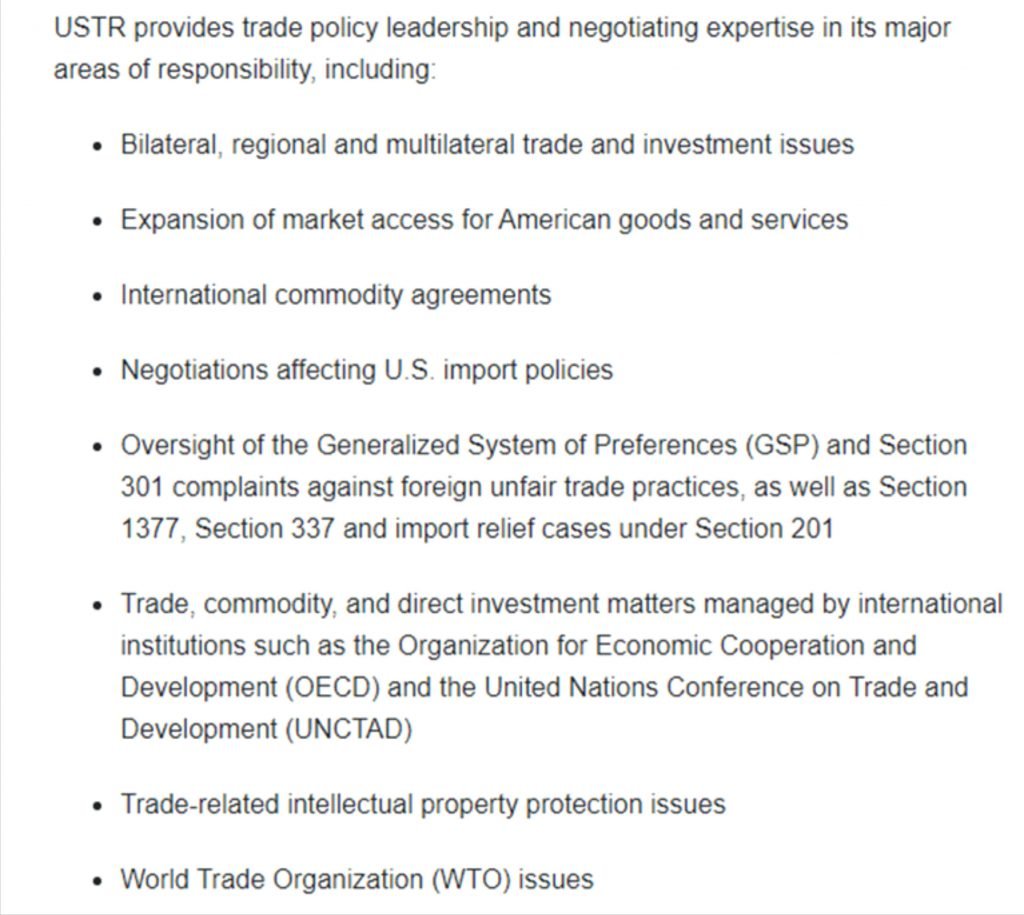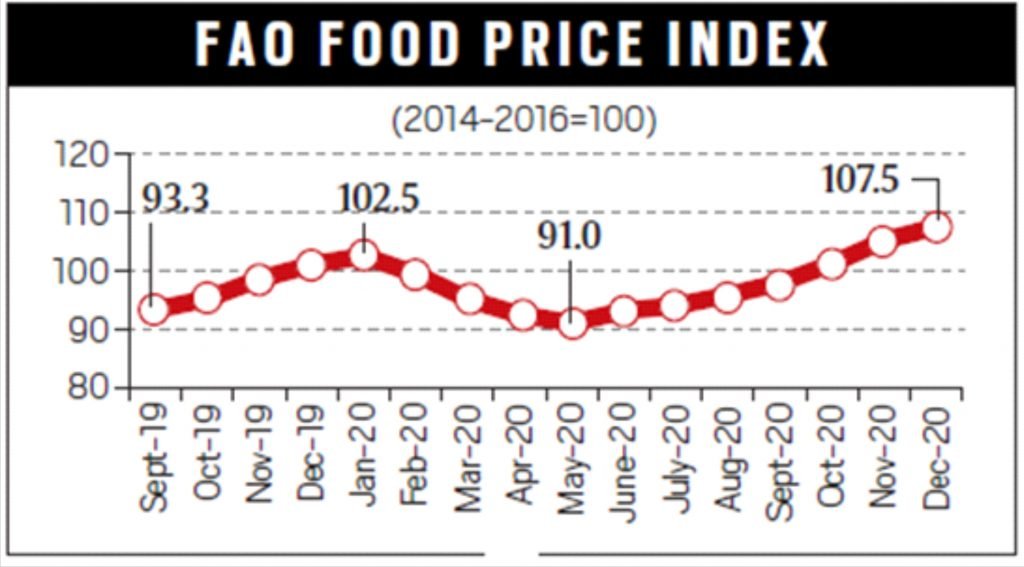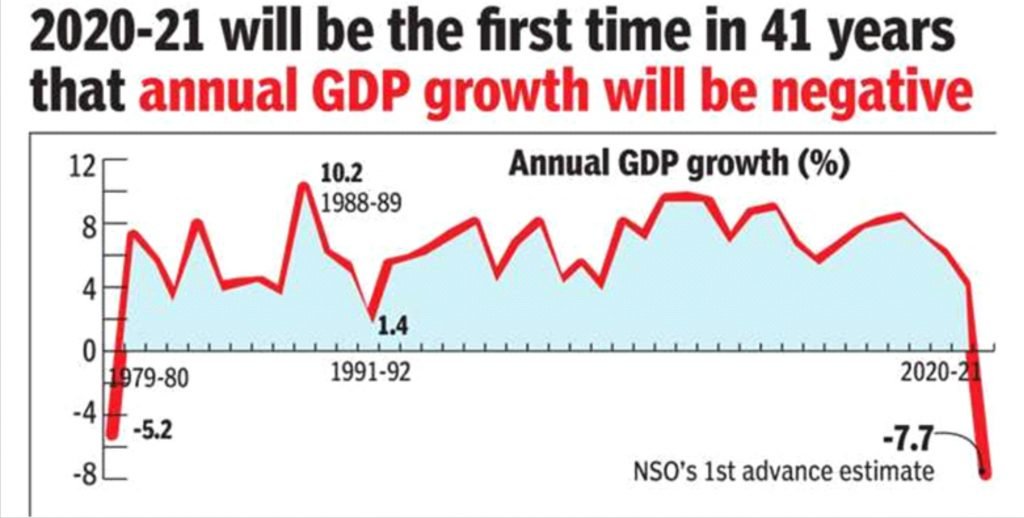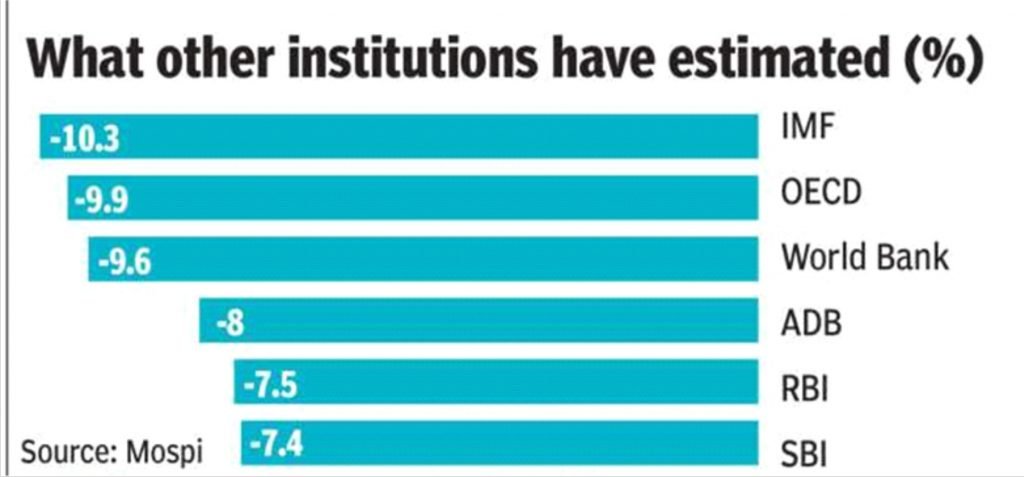Pravasi Bharatiya Divas
IN NEWS:
- The 16th Pravasi Bharatiya Divas (PBD) Convention will be organized on 9 January 2021.
- Theme of 2021: “Contributing to Aatmanirbhar Bharat”.
WHAT IS PBD?
- PBD or Non Resident Day is celebrated every year on 9 January since 2003 to mark the contribution of Overseas Indian community in the development of India.
- On 9 January in 1915, Mahatma Gandhi, the greatest Pravasi, returned to India from South Africa.
- Since 2015, its format has been revised to celebrate the PBD once every two years and has been celebrated in (2015, 2017, 2019).
- PBD Convention is the flagship event of the Ministry of External Affairs (MEA).
- Sponsors: MEA, Federation of Indian Chambers of Commerce and Industry (FICCI), Confederation of Indian Industry (CII), Ministry of Development of North Eastern Region.
- To represent and concerning Indian diaspora, a forum is organised and at the same, Pravasi Bharatiya Samman Awards are given.
SIGNIFICANCE:
- These conventions provide a platform to the overseas Indian community to engage with the government and people of the land of their ancestors for mutually beneficial activities.
- These conventions are also very useful in networking among the overseas Indian community residing in various parts of the world and enable them to share their experiences in various fields.
Equalisation levy
IN NEWS:
- Recently, the Office of the United States Trade Representative (USTR) Section 301 has said that the digital taxation regime in India, Italy and Turkey is not in sync with US companies such as Google, Facebook, Apple and Amazon.com, referred to as the GAFA tax and are inconsistent with international tax principles.
- The issues of contention are the application of taxation to revenue rather than income, extraterritorial application, and failure to provide tax certainty.
ABOUT:
- USTR is responsible for developing and coordinating US international trade, commodity, and direct investment policy, and overseeing negotiations with other countries. It is an agency of professionals dealing with trade issues.
- The Section 301 report (US Trade Act), a flagship publication of USTR, gives the USTR broad authority to investigate and respond to a foreign country’s action which may be unfair or discriminatory as well as negatively affect US commerce.
- It also allows the US President to impose tariffs or other curbs on foreign nations.
WHAT IS DIGITAL SERVICES TAXES (DSTs)?
- It is a tax on selected gross revenue streams of large digital companies. Each country’s proposed or implemented DST differs slightly.
- All DSTs have domestic and global revenue thresholds, below which companies are not subject to the tax.
- The OECD is currently hosting negotiations with over 130 countries that aim to adapt the international tax system. One goal is to address the tax challenges of the digitalization of the economy.
India’s Digital Service Tax
- It imposes a 2% tax on revenue generated from a broad range of digital services offered in India, including digital platform services, digital content sales, digital sales of a company’s own goods, data-related services, software-as-a-service, and several other categories of digital services.
- India’s DST explicitly exempts Indian companies—only “non-residents” must pay the tax.
- India has described the 2% equalisation levy as a fair, reasonable and non-discriminatory tax against U.S. companies aimed at all offshore digital economy firms accessing the local market. It applies uniformly across all non-resident e-commerce operators.
- According to the Commerce and Industry Ministry, the intention of imposing such a levy is to create an ecosystem that fosters fair competition and reasonableness.
- It also aims to exercise the sovereign right of the government to tax businesses that have a close nexus with the Indian market through their digital operations.

Food inflation
IN NEWS:
- United Nations (UN) Food and Agriculture Organization (FAO) released its latest Food Price Index (FPI) number for December 2020.
- This index – reflecting international prices of a basket of food commodities against a base year (2014-16) value of 100– averaged 107.5 points for the month. It was the highest since November 2014. This marks the seventh month of consecutive increase.
HIGHLIGHTS:
- FPI has soared since May 2020. From falling to a four year low of 91 points then, it has hit a more than six-year high in December.
- This extreme global price volatility can be seen across farm commodities.
- There are three main reasons for international agri-commodity prices firming up in the past few months.
- The first is a steady normalization of demand as most countries, including India, have unlocked their economies after May 2020. Even as demand has gradually recovered, restoration of supply chains post-Covid is taking time. Dry weather in major producing countries such as Thailand, Brazil, Argentina and Ukraine, plus a shortage of shipping containers, has only aggravated the supply- demand imbalances.
- The second reason is stockpiling by China, which has stepped up imports of everything – from corn, wheat, soyabean and barley to sugar and milk powder– to build strategic food reserves amid rising geopolitical tensions and pandemic uncertainties.
- The third reason may have to do the ultra-low global interest rates and floodgates of liquidity opened by major central banks. This money, which has already flowed into equity markets, could well find a home next in agricommodities– more so, in a scenario of tightening world supplies.

Konkani language academy
IN NEWS:
- Delhi Government approved the setting up of a Konkani language academy in the capital to facilitate the growth and promotion of the Konkani language and culture in the city.
- Currently, there are eight functional language academies in Delhi covering Urdu, Sanskrit, Punjabi, Hindi, Maithili-Bhojpuri, Garhwali-Kumaoni-Jaunsari, Sindhi and Tamil was notified recently.
KONKANI LANGUAGE AND CULTURE
- Konkani is the official language of western and coastal state, Goa.
- The language is spoken widely across four states- Maharashtra, Goa, Karnataka and Kerala, albeit in different dialects, its use is somewhat limited to coastal regions only.
- It is the only Indian language written in five different scripts – Devnagari, Roman, Kannada, Malayalam and Persian-Arabic.
- Though Konkani was recognized as the official language of Goa on January 4, 1987, it was only after five more years, on August 20, 1992, it was given status of a national language in India, through the 71st Amendment to the Eighth Schedule of the Constitution of India.
- Konkani now features in the 15 languages in which the value is printed on Indian Rupee currency notes.
- Generally, Konkani is called as a colloquial version of Marathi, the official language of Maharashtra state.
Army personnel under severe stress
IN NEWS:
- According to the findings of a study by United Service Institution of India (USI), a Service think tank, more than half of Indian Army personnel seem to be under severe stress and the Army has been losing more personnel every year due to suicides, fratricides and untoward incidents than in response to any enemy or terrorist activities.
FINDINGS:
- The research was undertaken during 2019-20, which shows that there has been a significant increase in stress levels amongst Indian Army personnel during approximately last two decades due to operational and non-operational stressors.
- While operational stressors are well understood and accepted by Army personnel, but the non-operational stressors that add on “have compounding adverse effects on health and combat efficiency of soldiers and thus affecting their respective units too.”
- Prolonged exposure of Indian Army personnel to Counter Insurgency and Counter Terrorism (CI/CT) environment has been one of the contributory factors for increased stress levels.
CONCLUSION:
- Units and sub-units under stress are likely to witness an increased number of incidents of indiscipline, unsatisfactory state of training, inadequate maintenance of equipment and low morale, motivation and esprit-de-corps, thereby, adversely affecting their combat preparedness and operational performance.
- It seems to be a growing matter of concern amongst Officers, requiring urgent interventions from the highest levels of government.
Role of agriculture
IN NEWS:
- Recently, first advance estimates has been released by the National Statistical Office according to which there is 7.2% fall in gross value added (GVA) for 2020-21, and it would be the sharpest ever recorded in India.
EARLIER SLUMPS:
- There have been four earlier occasions when the country’s GVA has suffered contraction in 1979-80, 1972-73, 1965-66 and 1957-58.
- GVA is GDP net of all taxes and subsidies on products and, hence, it is a more accurate measure of economic activity.
- All four were drought years — and the farm sector (agriculture, forestry and fishing) registered minus growth. In effect, the woes of ‘Bharat’ impacted the rest of the economy.
PRESENT SITUATION:
- This has not been the case in 2020-21. While overall GVA is expected to shrink 7.2%, agriculture and allied activities are set to post 3.4% growth.
- Agriculture’s relatively better performance in the last two years is largely a result of consecutive years of good monsoon (and also post-monsoon) rains.
- Recharged groundwater tables and reservoirs getting filled to near capacity — besides farming operations being exempted from lockdown restrictions — led to higher production.



